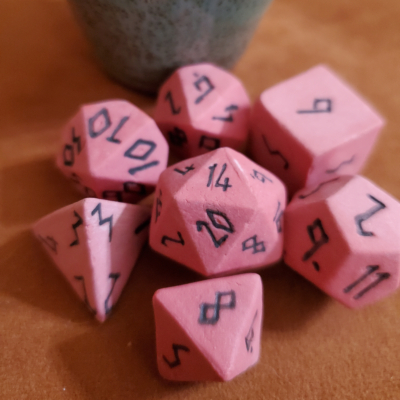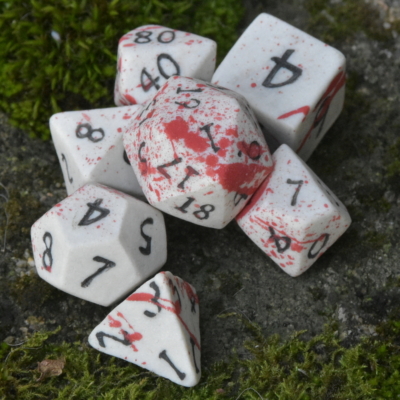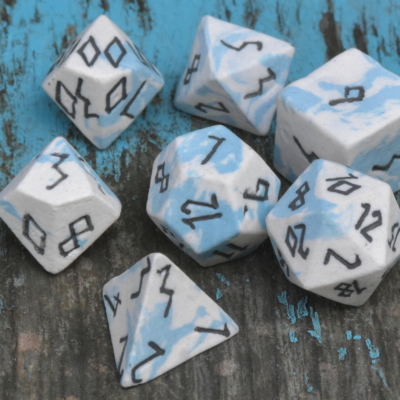Introduction to Prophecy-Based Campaigns
Building a campaign around prophecies can add layers of intrigue and suspense to your tabletop adventures. Especially in Dungeons & Dragons 5e, where human fighters often take the lead, incorporating prophecy allows players to engage in storytelling that feels larger than life.
Understanding the Role of Prophecy
Prophecies can serve as both motivators and plot devices. They provide direction while also creating tension through ambiguity. For beginners, it’s crucial to establish clear connections between prophecy elements and the players’ objectives.
Tips for Beginners
- Start with a simple prophecy that involves direct actions or consequences.
- Ensure that the prophecy is open-ended enough to allow player choice but specific enough to guide narrative flow.
Advanced Techniques for Seasoned Players
- Introduce multi-layered prophecies that require deciphering over time.
- Use prophecies as a tool for world-building, integrating them into the lore of your campaign setting.
Integrating Human Fighters into Your Prophecy
Human fighters in 5e are versatile and can be woven seamlessly into prophecy-driven narratives. Their adaptability makes them ideal candidates for fulfilling ancient predictions or challenging fate itself.
The Ancient Scroll Set from Crit Hit Ceramics is perfect for players seeking inspiration from historical artifacts. These beautifully crafted dice can symbolize destiny’s roll, fitting seamlessly into any prophecy-based campaign storyline.
Crafting Your Own Prophetic Narrative
- Create a backstory where human fighters are key to unraveling an age-old mystery.
- Incorporate elements of surprise by having parts of the prophecy revealed only under specific conditions or at critical plot points.
A prophecy-based campaign provides a rich and engaging narrative for players, particularly in Dungeons & Dragons 5e where human fighters play a prominent role. The allure of prophecies lies in their ability to infuse the storyline with elements of mystery, suspense, and intrigue. They serve as a larger-than-life backdrop, giving players the feeling of being part of a grand narrative that transcends their characters’ individual experiences. Prophecies can also be used as catalysts for action and plot development, providing direction while simultaneously creating tension with their inherent ambiguity.
For beginners, it’s important to create a clear linkage between prophecy elements and the players’ objectives. Starting with a simple prophecy involving direct actions or consequences can be a good way to introduce the concept. The prophecy should be open-ended enough to give players the freedom to make choices, yet specific enough to help guide the narrative flow. For more seasoned players, introducing multi-layered prophecies that require gradual deciphering can add another level of complexity. Prophecies can also be effectively used as a tool for world-building, integrating them into the lore of your campaign setting to enrich the game world’s depth and history.
Human fighters in 5e are particularly suited for prophecy-based narratives due to their versatility. Their adaptability allows them to be woven seamlessly into the storyline, whether it’s fulfilling ancient predictions or challenging fate itself. The Ancient Scroll Set from Crit Hit Ceramics, with its beautifully crafted dice, serves as a perfect symbol of destiny’s roll and can be seamlessly incorporated into any prophecy-based campaign. Creating your own prophetic narrative can be a rewarding experience, especially if human fighters are positioned at the heart of an age-old mystery. Elements of surprise can be added by revealing parts of the prophecy under specific conditions or at critical plot points, adding to the suspense and excitement of the adventure.
-
Runic Pink Delight Ceramic Dice Set
Select options This product has multiple variants. The options may be chosen on the product page -
Blood Skeleton Ceramic Dice Set
Select options This product has multiple variants. The options may be chosen on the product page -
Runic Arrow Hawk Ceramic Dice Set
Select options This product has multiple variants. The options may be chosen on the product page





